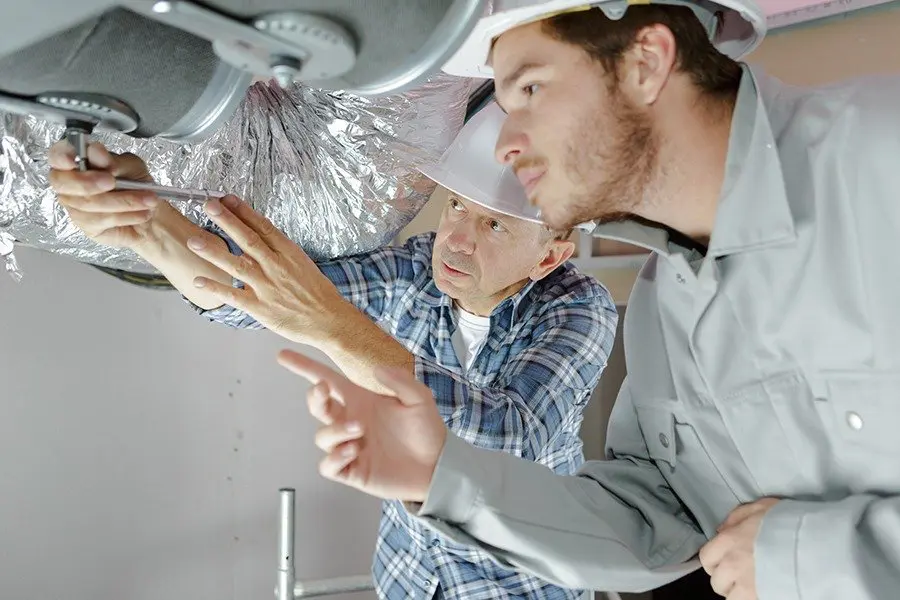In my last post, I discussed ways to find good employees for your maintenance positions. In this post, I’ll identify some bigger issues that contribute to the current employment climate, and how maintenance managers can make a difference for everyone in the field.
Manpower Group recently surveyed more than 1,000 U.S. employers, and found respondents had difficulty filling open positions for skilled trades positions because candidates lack technical competencies/hard skills (48 percent); candidates lack workplace competencies/soft skills (33 percent); and because of a lack of/no available candidates (32 percent).
Those numbers aren’t likely to surprise any maintenance manager. But what can we do about it? I believe maintainers are often our own worst enemy because we do not promote our profession. In this blog I’ll identify some of the problems and offer some suggestions for change.
Table of Contents
Problem #1: Poor Public Image
Let’s face it—the public perception of maintenance personnel is poor. Maintenance technicians are the guys with the dangling tool belt and pocket ruler. Becoming a maintenance technician is not a job classification a young person aspires to. If they did, they wouldn’t admit it. Most people are simply looking for a job when they enter the maintenance field. They stumble upon our profession accidentally.
Solution #1: Promote Your Team
Raise the level of awareness of your maintenance program. Look for opportunities to share your projects, goals, accomplishments, and results. Don’t be afraid to self-promote wherever you can, from the local media to national trade press. (Because— trust me—the marketing department doesn’t even know where your office is!)
Problem #2: Unclear Career Path
The maintenance career path typically goes from custodian to technician to engineer to lead to foreman to manager to director to VP. That’s eight steps. But there’s no industry recognition of these steps or consistent requirements for moving from one to the next. That makes maintenance work a tough sell for young people who are looking for profession with a well-defined career path.
Solution #2: Invest in Professional Development
It’s time to define the maintenance career path ourselves. Join or start a chapter of a professional association (like the Association for Maintenance Professionals or the International Facility Management Association) in your area. Find out what’s going on at other plants or facilities. Get your staff involved in service clubs and organizations. Encourage your team members to give back to their communities. These outreach activities are great ways to promote what maintenance technicians do and how much people rely on them.
Problem #3: Lack of Educational Requirements
I mentioned how low pay is problem for recruiting new employees in my last post. One cause of low pay is the lack of educational requirements for entry or promotion within the maintenance field. We may call ourselves maintenance engineers, but very few have the credentials to back it up. Most of us learned on the job.
Solution #3: Get Involved
Get involved with your local education institutions. Advocate for trades and industry education. Find out what is happening in both secondary and post-secondary education related to our profession. Participate in work study and intern programs.
Remember the only thing harder to do than find a good employee is to replace a good employee. Invest in the maintenance community, and we’ll all benefit!






